Wildlife officials warn mountain residents to secure trash in fall to save binge-eating bears
Bruins packing on pounds for long winter
With bears now entering their binge-eating season, Colorado Parks and Wildlife managers are urging residents and visitors to take special care to secure trash, birdseed and other easy sources of food. Bears that learn to find meals around homes and businesses often become problem bears that end up being destroyed, wildlife managers say.
"It's just amazing how much one bear needs to eat," said Watchable Wildlife Coordinator Trina Romero. "And that's the only thing bears care about right now - eating nearly everything in sight."
Black bears don't technically hibernate – it's more like a long sleep. However, the result is the same – Colorado bears need to pack on enough fat to survive four or five months without a meal, so during late summer and fall, bears enter a condition called “hyperphagia,” which compels them to eat for as much as 20 hours a day.
During hyperphagia, a bear may increase its intake of food from 8,000 calories to 20,000 calories per day. That's about the number of calories found in 70 McDonald's cheeseburgers. While Colorado bears have evolved to survive on a diet of berries, acorns and the occasional prey item, they will readily take advantage of an easy meal consisting of trash or poorly stored food. Every year, the combination of hungry bears and careless humans creates conflicts that Colorado's wildlife managers are charged with sorting out.
The typical consequences of poor food and trash storage are a garbage-strewn lawn or a camping trip cut short. In some cases, it can even lead to a damaged kitchen. However, for bears, the consequences are often fatal. Because a wildlife manager's priority is human safety, problem bears are tranquilized and relocated only once. The second time they get in trouble, they are destroyed. So are bears that enter homes or show aggression toward people just once.
"It's unfortunate, but some bears are killed simply because people can't be bothered to secure their food or trash," said Area Wildlife Manager JT Romatzke. "Public safety has to be our first priority, but I can tell you that putting a bear down because of someone's thoughtlessness is one of the worst parts of my job."
The problem is compounded by a bear's natural intelligence and excellent memory. Once a bear learns how to get an easy meal, they will apply that knowledge again and again in the following years. Sows can teach their cubs the same behavior, creating a cycle that can bring them into a conflict with people.
Although wildlife managers have the option to relocate a nuisance bear, it is an option that is becoming increasingly difficult as development continues to encroach on bear habitat. In addition, it is not uncommon for relocated bears to return in search of the easy meals that got them into trouble in the first place, or resume their bad habits in their new habitat.
Although bears do not typically attack humans, they are large, powerful animals and their determination to eat makes them dangerous when they learn human items and places are a source of food. This summer saw several high-profile incidents involving bears that entered tents in search of food and injured the occupants.
"These bears were likely rewarded in the past and learned that people and tents mean an easy meal," said Area Wildlife Manger Perry Will. "We do have concerns about some bears, but overall, we have quite a few more concerns about people who don't follow the rules."
Colorado Parks and Wildlife is one of several government agencies that conduct ongoing public education campaigns on living with bears. The agency provides extensive information through their website, pamphlets, media stories and even magazines and books. In addition, they also dispatch volunteer "Bear Aware" teams to go door-to-door in problem areas.
"It's frustrating because this information is so easy to find," Northwest Regional Manager Ron Velarde. "There really is no excuse in the majority of cases."
According to Kevin Wright, the District Wildlife Manager in Aspen, what's especially disheartening for wildlife managers is how quickly people who live in bear country forget about their responsibility to help prevent problem bears.
"Considering the consequences, you'd think folks would learn the first time a bear gets into their trash, or their home," he continued. "These should be habits that people practice year round. But for too many people, we have to remind them again and again."
Complicating matters, a single person's negligence can lead to problems for many, explained Breckinridge Area Wildlife Manger Shannon Schwab.
"A problem bear is everyone's problem," said Schwab. "If even one person doesn't care enough to take precautions and a bear gets into their trash or their house, it increases the chances that the bear will move on to the neighbor's house, and so on. Multiply that by thousands of bears across the state that are now preparing for winter and you can see why it is so important for everyone to do their part."
Following the tips listed below is a good start to help reduce conflicts around the home, however, many other tips regarding hiking, camping and hunting in bear country can be found in Colorado Parks and Wildlife's website at:
http://wildlife.state.co.us/WildlifeSpecies/LivingWithWildlife/Mammals/Pages/LivingWithBearsL1.aspx
Keep Bears Out
- Many bears that enter homes do so through an unlocked or open window or door. Close and lock all bear-accessible windows and doors when you leave the house, and at night before you go to bed.
- If you must leave downstairs windows open, install sturdy grates or bars. Screens don't keep out bears.
- Keep garage doors and windows closed and locked when you're not home, or at night. Don't leave your garage door standing open when you're not outside. Install extra-sturdy doors if you have a freezer, refrigerator, pet food, bird seed, or other attractants in your garage.
- Keep car doors and windows closed and locked if you park outside. Make sure there's nothing with an odor in your vehicle, including candy, gum, air fresheners, trash, lotions and lip balms.
- Bears are great climbers - remove any tree limbs that might provide access to upper level decks and windows.
- Replace exterior lever-style door handles with good quality round door knobs that bears can't pull or push open.
- Put on talk radio (not music) when you leave home; the human voice startles most bears.
Get Rid of Attractants
- Bears follow their super-sensitive noses to anything that smells like food, and can follow scents from up to five miles away.
- Don't leave trash out overnight unless it's in a bear-proof enclosure or container. Obey all local regulations.
- We recommend feeding birds only when bears are hibernating.
Teach Bears They're Not Welcome
- If a bear comes into your yard or close to your home, do yourself and the bear a big favor, and scare it away. A confident attitude plus loud noises like a firm yell, clapping your hands, banging on pots and pans or blowing an air horn sends most bears running.
- If a bear enters your home, open doors and windows and make sure it can leave the same way it got in. Don't approach the bear or block escape routes.
- Never approach a bear. If a bear won't leave, call your local CPW office. If a bear presents an immediate threat to human safety, call 911.
![]() 0 Comments on "Wildlife officials warn mountain residents to secure trash in fall to save binge-eating bears"
0 Comments on "Wildlife officials warn mountain residents to secure trash in fall to save binge-eating bears"
Be the first to comment below.


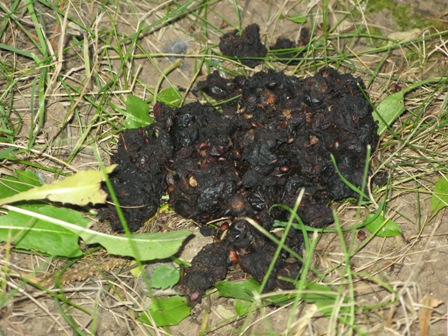
 Vail Town Council to weigh new plan to redevelop T...
Vail Town Council to weigh new plan to redevelop T...  All about indexes
All about indexes  Transforming your social security into a winning r...
Transforming your social security into a winning r...  Pass sales, real estate transactions, revenues inc...
Pass sales, real estate transactions, revenues inc...  Vail Valley native with passion for Biophilic inte...
Vail Valley native with passion for Biophilic inte...  Beaver Creek starts work on new summer activities
Beaver Creek starts work on new summer activities  Land Trust, ECO Trails, Vail Resorts team up to cl...
Land Trust, ECO Trails, Vail Resorts team up to cl...  EUROVISION named Host Broadcaster for 2015 World A...
EUROVISION named Host Broadcaster for 2015 World A...  Vail Resorts brings back Lindsey Vonn's 'School of...
Vail Resorts brings back Lindsey Vonn's 'School of...  Hundreds turn out for 2015 World Championships vol...
Hundreds turn out for 2015 World Championships vol... 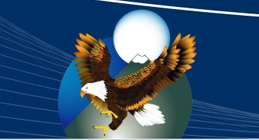 Eagle County Senior Health Expo and 9th Annual Hea...
Eagle County Senior Health Expo and 9th Annual Hea... 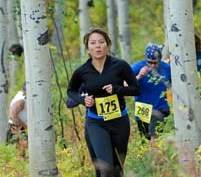 Final race of Vail Mountain Trail Running Series s...
Final race of Vail Mountain Trail Running Series s...  Before you write your will ...
Before you write your will ... 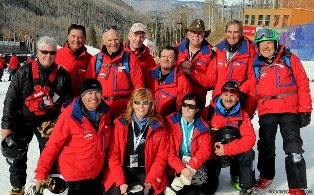 2015 World Ski Championships volunteer recruitment...
2015 World Ski Championships volunteer recruitment...  Ascent Sotheby’s International Realty in Vail an...
Ascent Sotheby’s International Realty in Vail an...  CDOT outlines road closures for local stages of US...
CDOT outlines road closures for local stages of US... 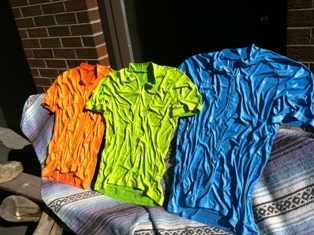 Italian artist creates unique trophies for Vail, B...
Italian artist creates unique trophies for Vail, B...  Vail Recreation District once again hosting Jake W...
Vail Recreation District once again hosting Jake W... 

